How to Choose the Right Siding for Your Home

Before you make a purchase of siding for your home, become familiar with the various sidings available. Choose one having not only a good appearance but one that will give you many years of service. The following is a list of a few important areas to consider when making your selection.
1. Durability
Is it constructed with the material that will endure the temperature changes in your locale without deteriorating?
2. Moisture resistance
Siding that is moisture or water-resistant will have a much longer life than a product which is not moisture protected.
3. Versatility
Make sure your selection will meet the needs of your project without costly adjustments necessary to perform or complete it.
4. Energy Efficiency
Check the R-value rating for energy-saving and determine what will be needed as far as wall insulation.
5. Ease of Installation
If you plan on doing the job yourself, be certain that you have the skills needed to complete the job and look into whether the siding will emit harmful dust when cut.
6. Appearance
Be certain that you will be totally satisfied with the appearance before you make the purchase.
TYPES OF SIDING
1. Brick and Brick Veneer
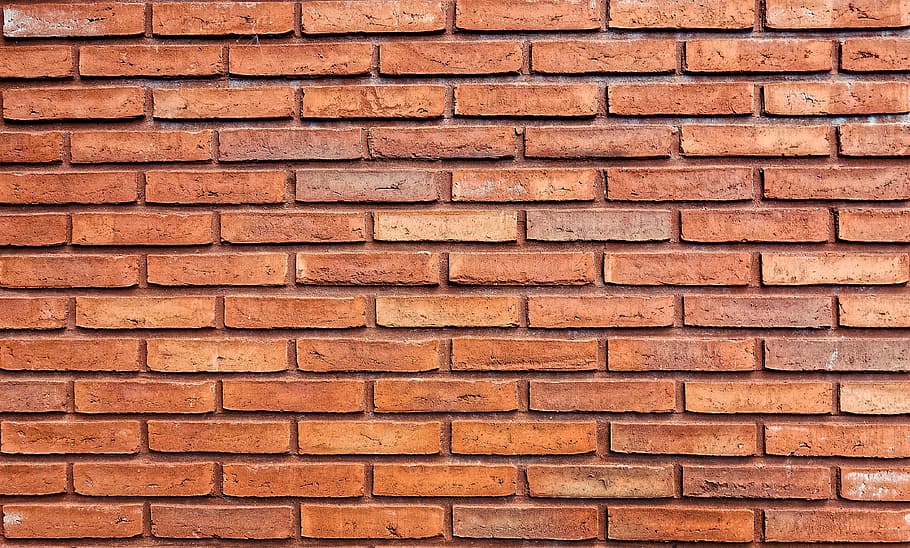
Brick is one of the most durable materials for house siding although it is expensive. Being made of fired clay can last for centuries requiring only minor repairs. Not only is brick highly durable, but it also comes in a variety of different attractive colors. Brick veneer is also eye-pleasing and durable but will not last nearly as long as a pure brick.
2. Aluminum
This siding is very durable and will not crack, however, it will dent and fade. Since it will not deteriorate. it is not harmful to the environment or humans. Although many other siding compositions exist today, aluminum is still preferred by some builders.
3. Vinyl
vinyl siding is made from PVC it will not rot or flake. Even though vinyl will crack and fade in time, it is still the choice siding of many due to the relatively inexpensive cost to purchase and install. However, there are environmental concerns about the use of vinyl.
4. Stucco

Stucco is cement mixed with water, sand, and lime. Many homes built since the 1950s have used a synthetic material resembling stucco. They have had some problems with durability except a high-quality synthetic stucco. One big advantage of stucco is when color is added there may never be a need to paint. Stucco is a very popular siding on homes built in California.
The most common application of stucco is over wooden walls covered with tar paper, chicken wire, or galvanized metal screening. The stucco is applied over the wire backing which forms a strong and durable siding.
5. Cement Fiber
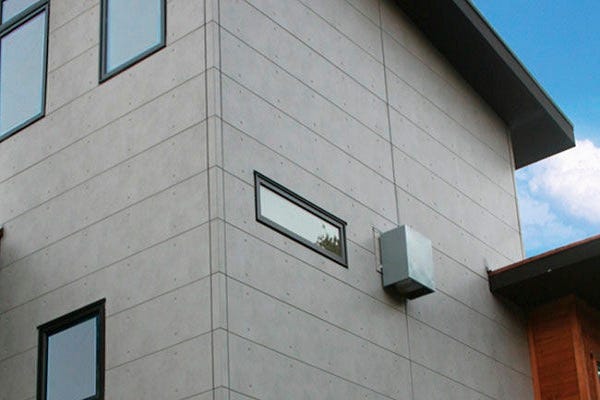
This product is available with several different appearances including wood, stucco, or masonry giving a natural look. If you desire a wood appearance without the maintenance of genuine wood, cement fiber siding would be a good choice. It is termite and fireproofs with a warranty of up to 50 years.
6. Stone Veneer
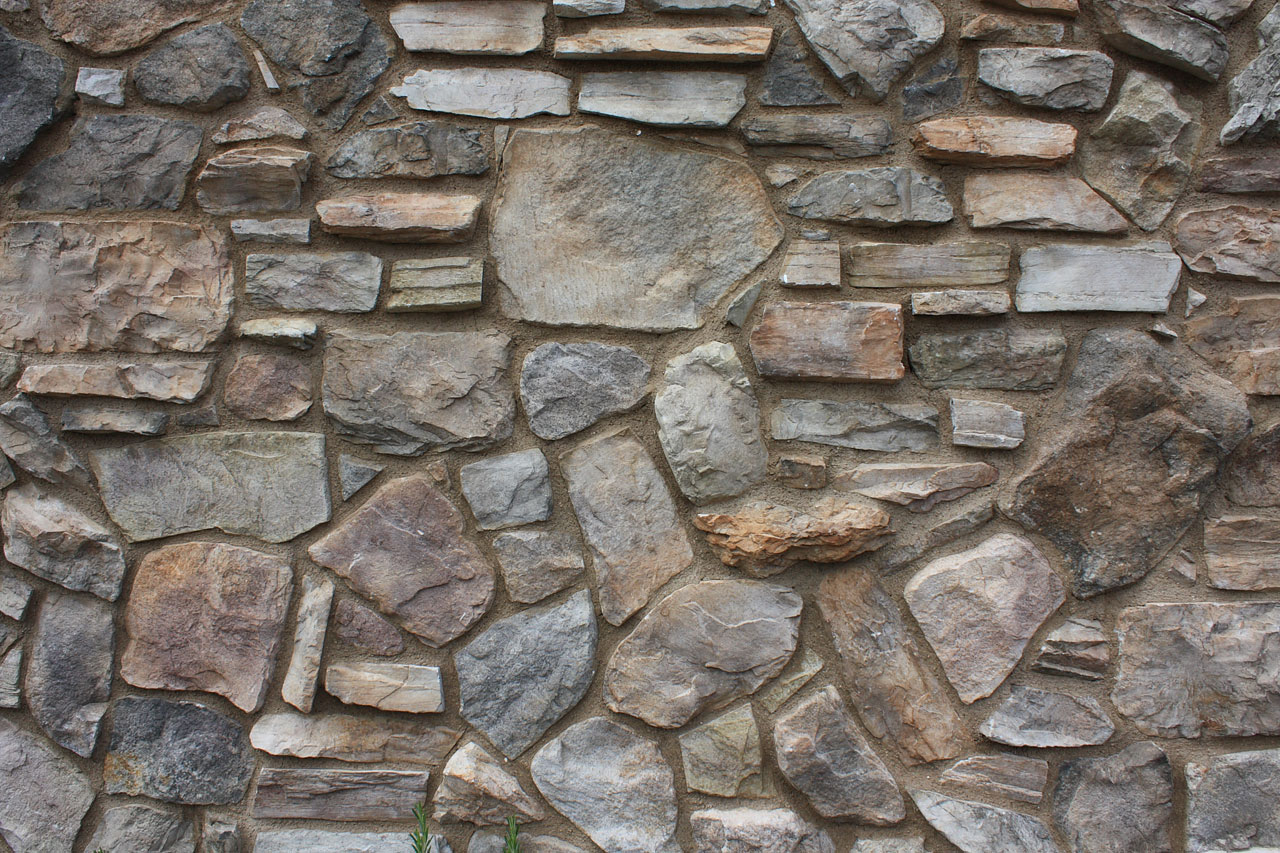
Stone, including limestone, granite, and slate will never deteriorate no matter what the weather conditions are. The disadvantage of stone is the high cost. Precast stone veneers are much more affordable. Most high-quality precast stone veneers look genuine while some of the lower grades look artificial.
7. Wood Clapboard

Wood clapboard is made using natural wood and is available in many different styles, finishes, and textures. Its beauty can still be seen in many older homes including historic houses. This siding is one of the oldest types and one of the most attractive. The clapboard siding manufactured today has overlapping edges intended for horizontal installation. Another version of this is wood plank or board siding which is installed vertically. The disadvantage of wood clapboard siding is the necessity of paint maintenance to retard its attractiveness.
8. Cedar Shingle
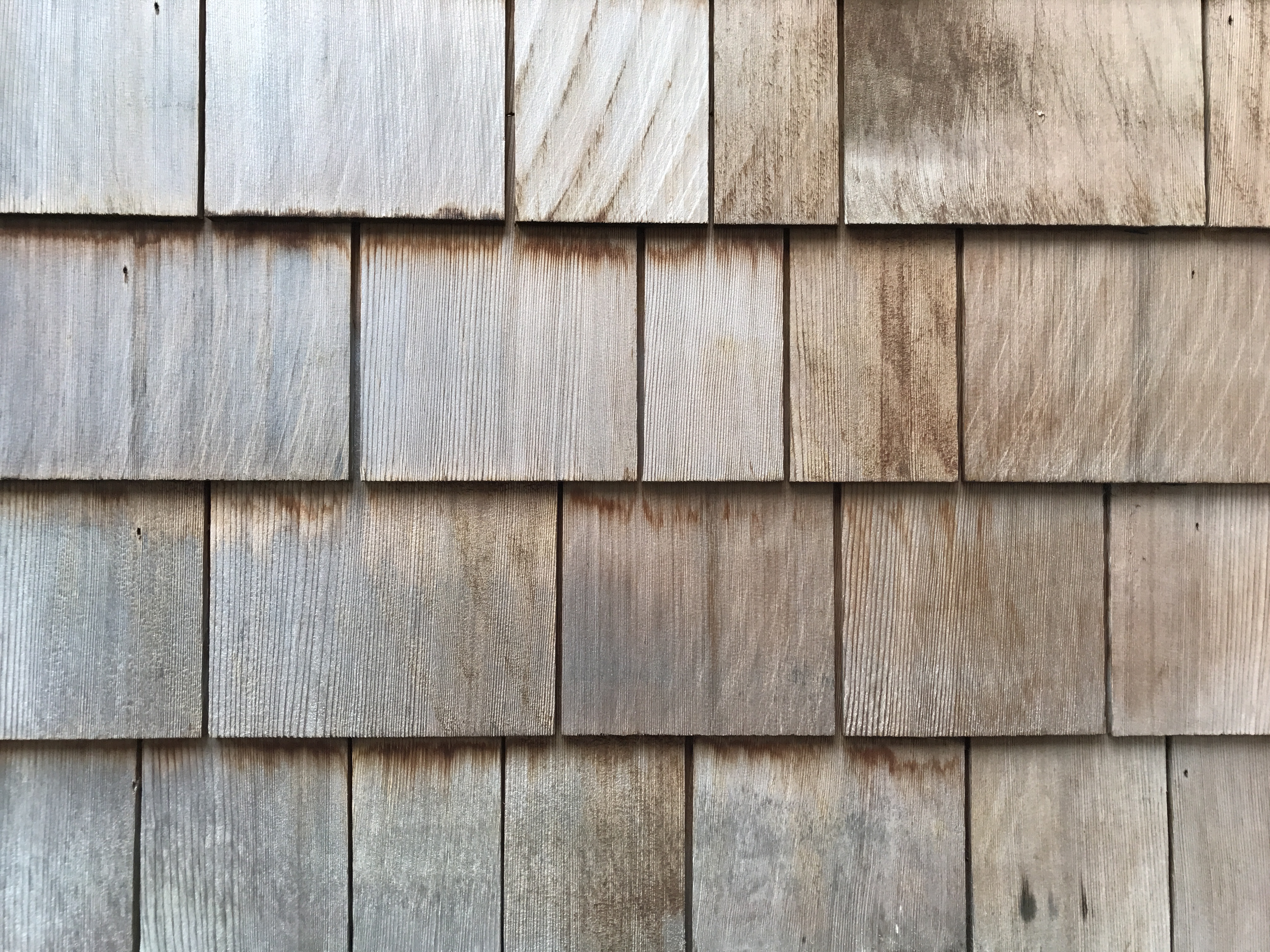
This type, also called “shakes”, is very appealing particularly on homes near wooded areas. Shakes have the natural appearance of wood and can be stained in an endless number of shades. Browns, grays, and other earthen colors are the most popular. This siding requires maintenance but less than maintaining clapboard. Usually, shakes are stained rather than painted to minimize peeling.
9. Engineered Wood
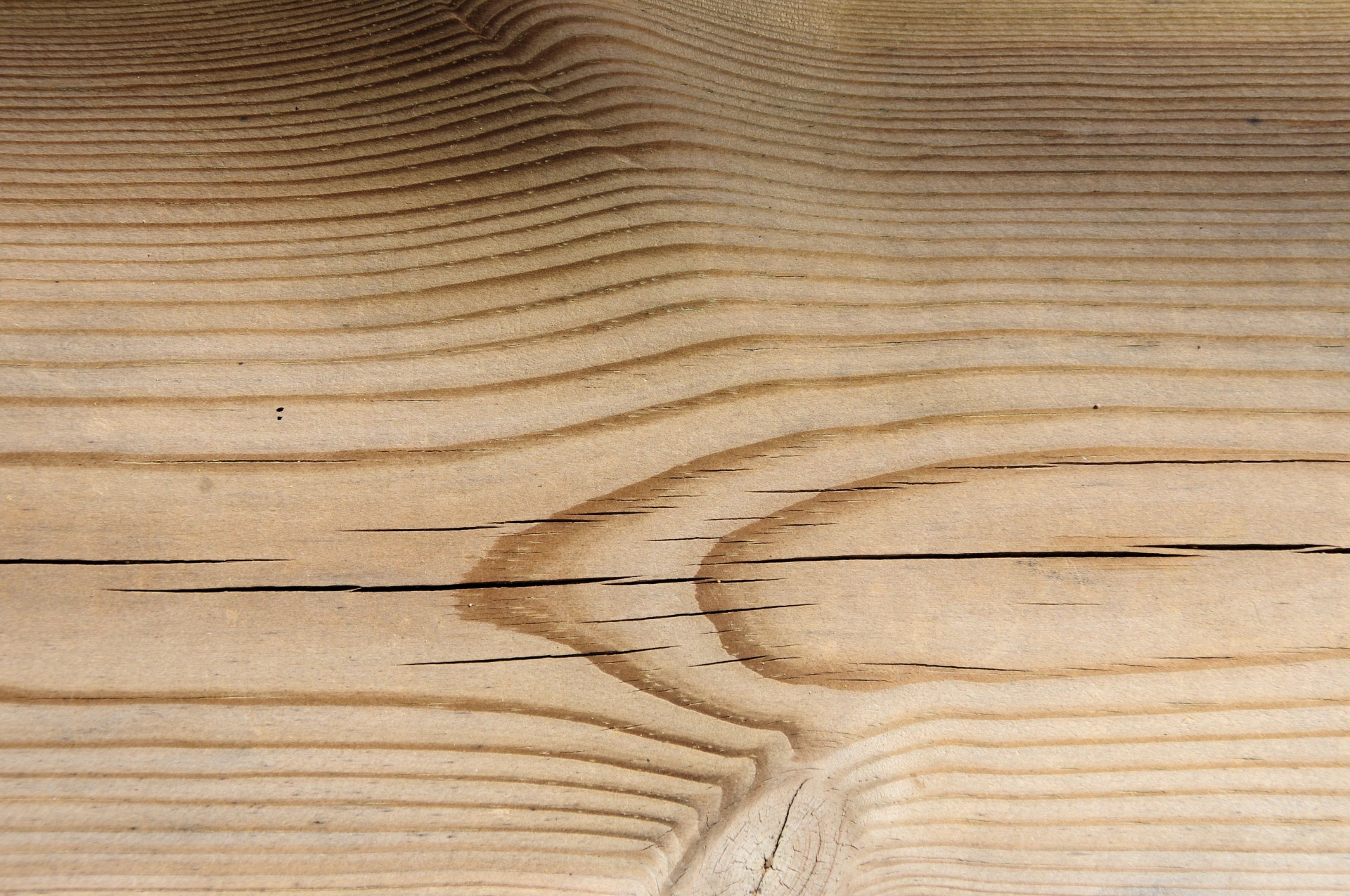
Engineered wood such as oriented strand board, hardboard, and veneered plywood is made with wood products and bonding material. It usually comes in panels making it easy to install and it is relatively inexpensive. Since the panels have a uniform grain, they do not look like real wood however they can be molded to resemble clapboard.
10. Seamless Steel

Due to the strength and resistance to shrinking and bulging because of temperature changes. steel siding is the selected choice of many. It can be purchased with a wood-like appearance or with an industrial look of corrugated steel. When installed, the siding is custom-fitted to the house measurements.
11. Vinyl Coating
If you like the vinyl look, you can have your house sprayed with liquid PVC made from polymers and resins giving a paint-like coating. The claim by some is that the PVC coating will reduce heat loss during the winter and add to insulating against heat in the summer. This is a controversial claim. Also, this product has the ability to trap water that can get behind the brick, wood siding, stucco, etc that has been covered by this plastic coating. This can result in extensive damage to the house structure.

It looks like you are very much interested to write posts on siding for your home. And you have gained ample of knowledge in this subject. Quite impressive blog site that you have.
ReplyDeletehorizontal metal siding panels